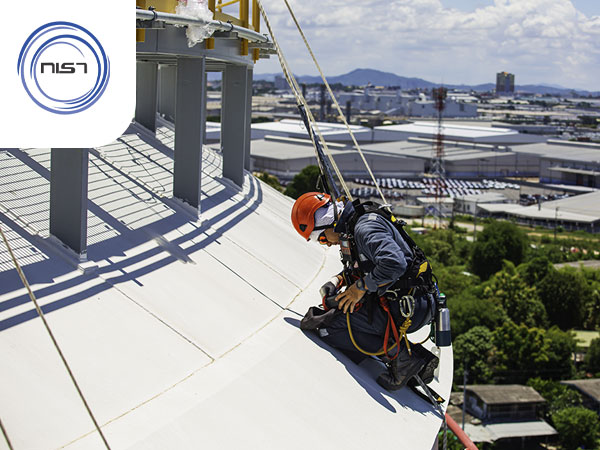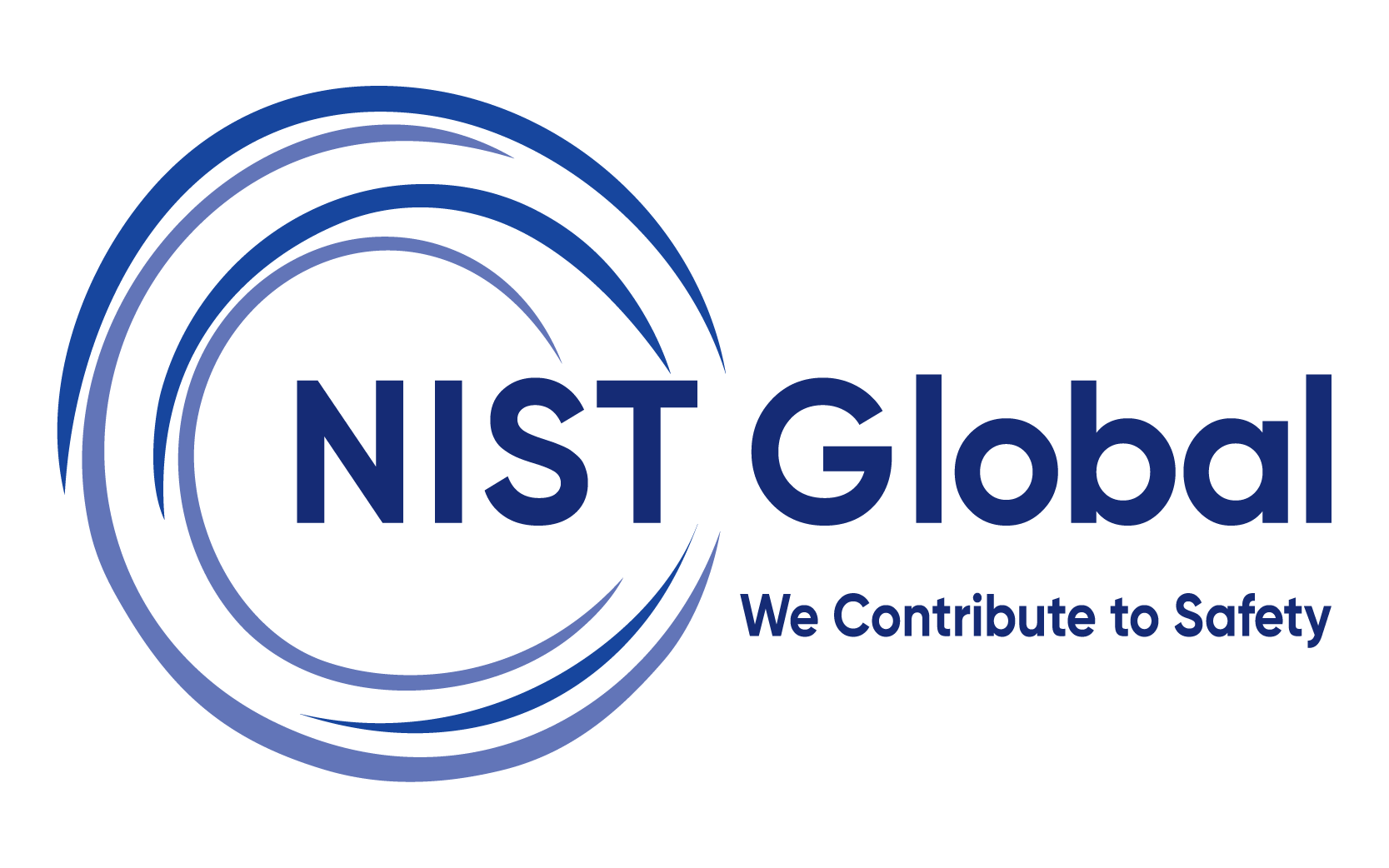Working at Height
From use of simple stepladders to safety harnesses, there is an imminent risk of a fall which may cause personal injury while performing work at height. Working at height training remains one of the biggest causes of fatalities and major injuries. Common cases include falls from ladders and through fragile surfaces. All these accidents would have been preventable, and everything possible needs to be done to ensure that this type of accident does not continue occurring. Work at height means working in a place (except a staircase in a permanent workplace) where a person could be injured by falling from it, even if it is at or below ground level.

-
DurationHalf Day / 1 Day / 2 Days
-
Training ModeOnline / Classroom
-
Learning PartnerNIST
-
Training TopicWorking at Height
-
LevelAwarenes / Intermediate / Advanced
-
LanguageEnglish
-
PrerequisitesNone
-
ScopeAwareness - Theory,
Intermediate & Advanced - Theory & Practicals
-
For queries, & Assistance
Introduction:
From use of simple stepladders to safety harnesses, there is an imminent risk of a fall which may cause personal injury while performing work at height. Working at height remains one of the biggest causes of fatalities and major injuries. Common cases include falls from ladders and through fragile surfaces. All these accidents would have been preventable, and everything possible needs to be done to ensure that this type of accident does not continue occurring. Work at height means working in a place (except a staircase in a permanent workplace) where a person could be injured by falling from it, even if it is at or below ground level.
Learning Outcomes of Working at Height training
By the end of theory module participants would be familiar with:
- Roles and responsibilities of the employer, constructor (if applicable), supplier, supervisor and worker, with respect to working safely at heights;
- Hazards of working at heights;
- Hierarchy of controls (such as elimination, isolation, engineering, substitution, administrative or PPE), related to working at heights;
- Types of warning methods (signs and bump lines) and physical barriers (fencing, guard rails, protective coverings) and their appropriate use;
- Use of Ladders and other Elevated Work Platforms;
- Use of PPE and when a travel restraint system, fall restricting system or fall arrest system would be required and the essential components of each.
By the end of practical module participants would be familiar with:
- Situations in which bump lines, barriers, guardrails and safety nets would be appropriate;
- Discuss the limitations and the appropriate application of travel restraint, fall restricting and fall arrest systems;
- what an anchor point is; discuss the appropriate location and use of anchor points and examples of appropriate and inappropriate anchor points;
- Using the hierarchy of controls, identify the different types of equipment that may be available to safely perform a variety of tasks at heights.
- Purpose of a working at heights fall rescue plan.
Who can take the Working at Height training?
- Personnel required to work at height.
- Managers / supervisors / individuals responsible for teams or groups of employees who require understanding of working at height.
Benefits of Working at Height training
This course aims to enable staff at all levels to understand the risks and legal implications of working at height and the practical measures that should be employed to control them. Simply put, if workers are not been trained to the correct level and if this training is not regularly refreshed, then there is an increased risk of accidents that could be potentially life threatening.
